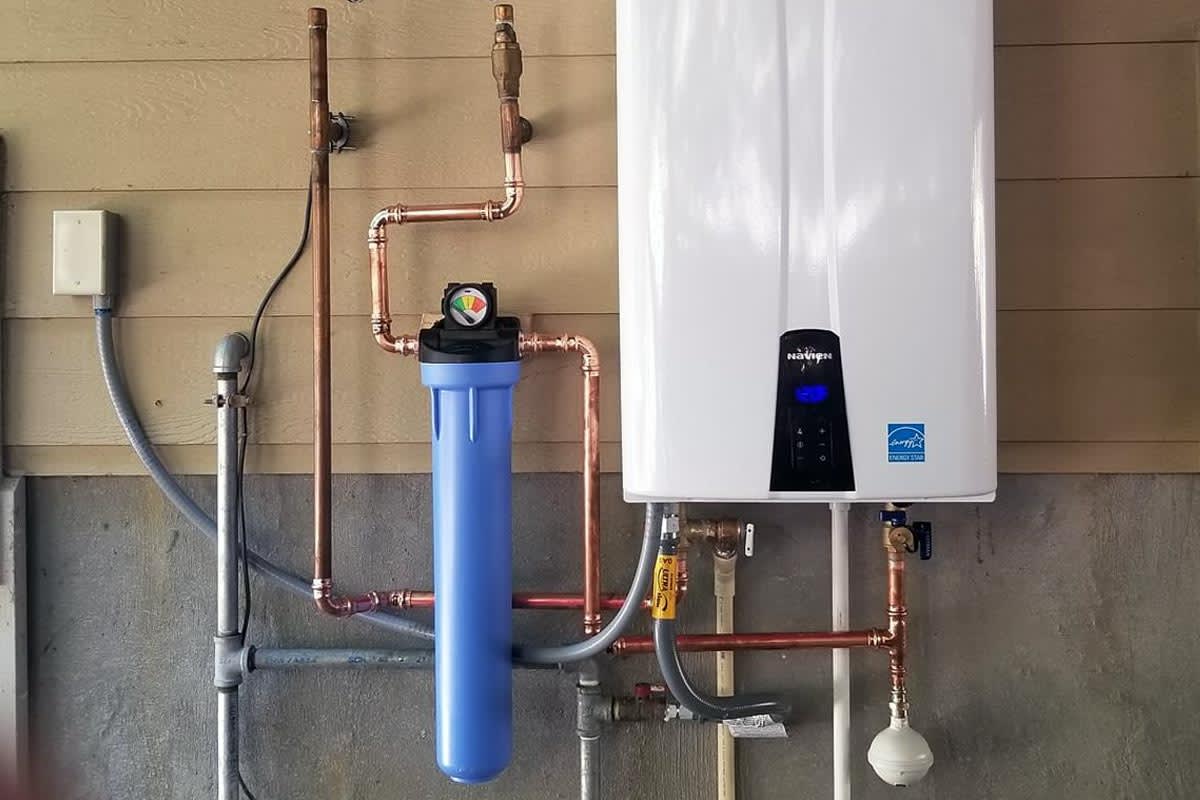Maintaining Your Home's Hot Water System: Essential Guidelines
Maintaining Your Home's Hot Water System: Essential Guidelines
Blog Article
Just about every person maintains his or her own assumption about What Kind of Maintenance Do Water Heaters Need?.

Hot water is essential for everyday convenience, whether it's for a rejuvenating shower or cleaning dishes. To guarantee your warm water system runs effectively and lasts much longer, regular upkeep is vital. This short article gives useful ideas and insights on exactly how to keep your home's hot water system to prevent interruptions and pricey repairs.
Intro
Maintaining your home's warm water system might appear overwhelming, yet with a couple of straightforward actions, you can guarantee it runs smoothly for years ahead. This overview covers whatever from recognizing your warm water system to DIY upkeep pointers and understanding when to hire expert assistance.
Relevance of Keeping Your Hot Water System
Normal upkeep not only extends the life-span of your warm water system but also ensures it operates successfully. Disregarding maintenance can result in lowered performance, greater power expenses, and even early failure of the system.
Signs Your Warm Water System Demands Upkeep
Recognizing when your warm water system requires attention can prevent major concerns. Keep an eye out for signs such as inconsistent water temperature level, strange noises from the heating system, or rusty water.
Purging the Water Heater
Flushing your water heater removes sediment buildup, improving performance and lengthening its life.
Checking and Changing Anode Rods
Anode poles protect against rust inside the container. Examining and replacing them when worn is critical.
Facility Issues Calling For Specialist Help
Instances consist of major leakages, electrical issues, or if your water heater is regularly underperforming.
Regular Expert Upkeep Benefits
Specialist upkeep can include extensive assessments, tune-ups, and making sure compliance with security criteria.
Evaluating and Adjusting Temperature Settings
Changing the temperature level setups makes certain optimum efficiency and safety.
DIY Tips for Maintenance
You can execute numerous upkeep jobs yourself to keep your warm water system in leading condition.
Checking for Leaks
Routinely evaluate pipelines and links for leakages, as these can lead to water damages and greater expenses.
Comprehending Your Hot Water System
Prior to diving right into upkeep tasks, it's useful to understand the basic parts of your warm water system. Usually, this includes the water heater itself, pipelines, anode poles, and temperature controls.
Monthly Upkeep Tasks
Routine regular monthly checks can aid capture minor issues prior to they escalate.
Testing Stress Alleviation Valves
Examining the stress safety valve ensures it functions correctly and prevents too much stress accumulation.
Protecting Pipes
Insulating warm water pipelines minimizes warm loss and can conserve power.
When to Call an Expert
While DIY maintenance is beneficial, some concerns need expert knowledge.
Conclusion
Normal upkeep of your home's hot water system is necessary for effectiveness, longevity, and price financial savings. By complying with these tips and recognizing when to look for expert help, you can make sure a reputable supply of warm water without unforeseen interruptions.
How to Maintain an Instant Hot Water Heater
Before tinkering with your hot water heater, make sure that it’s not powered on. You also have to turn off the main circuit breaker and shut off the main gas line to prevent accidents. Also turn off the water valves connected to your unit to prevent water from flowing into and out of the appliance. 2. When you’re done, you have to detach the purge valves’ caps. These look like the letter “T†and are situated on either side of the water valves. Doing so will release any pressure that has accumulated inside the valves while at the same time avoid hot water from shooting out and burning your skin. 3. When the purge valves’ caps are removed, you have to connect your hosing lines to the valves. Your unit should have come with three hoses but if it didn’t, you can purchase these things from any hardware or home repair shops. You can also get them from retail stores that sell water heating systems. Read the user’s manual and follow it to complete this task properly. When the hosing lines are connected, open the purge port’s valves. 4. You should never use harsh chemical cleaners or solutions when cleaning your unit. Make use of white vinegar instead. It should be undiluted and you’ll probably use about 2 gallons. 5. Now flush your water heater. This task should probably take about 40 minutes. We can’t give you specific directions for this because the procedure is carried out depending on the type, model and brand of your heater. With that being said, refer to the user’s manual. 6. When you’re done draining the unit, you have to turn off the purge port valves again. Remove the hosing lines that you earlier installed on each of the water valves. Put the valve caps (purge port) back in their respective places and be very careful so as not to damage the rubber discs that are found inside these caps. 7. Now that everything’s back in place, check your user’s manual again to find out how to reactivate your water heating system. 8. Once it is working, turn one of your hot water faucets on just to let air pass through the heater’s water supply pipes. Leave the tap on until water flows smoothly out of it. https://www.orrplumbing.com/blog/2014/september/how-to-maintain-an-instant-hot-water-heater/

I hope you enjoyed reading our excerpt on How to Maintain Your Water Heater & Prolong its Life. Thanks for finding the time to browse our post. Appreciated our write up? Please quickly share it. Help someone else locate it. Thank you so much for taking the time to read it.
Click Report this page